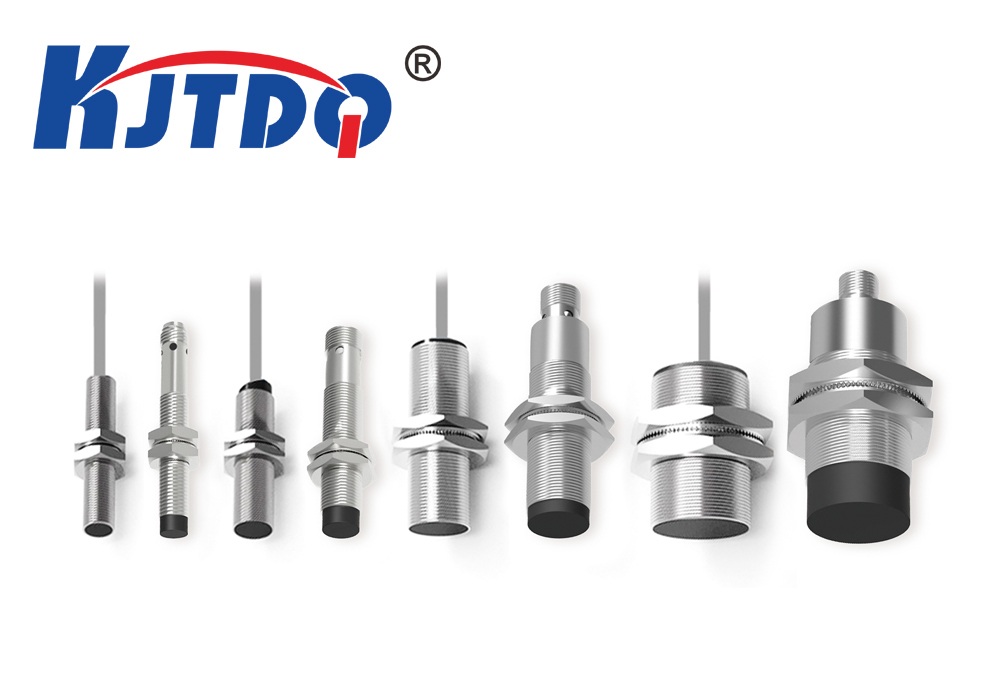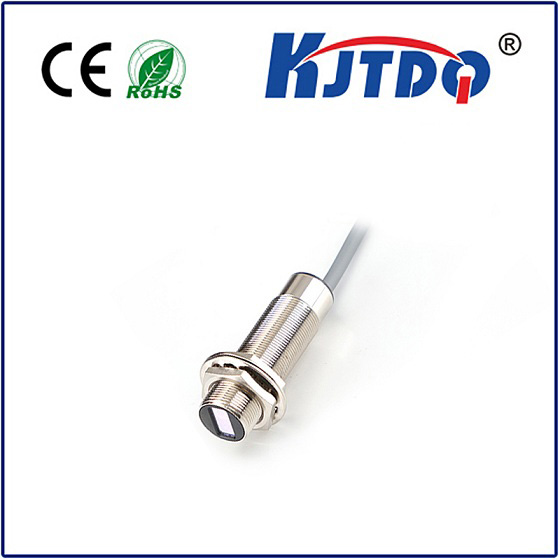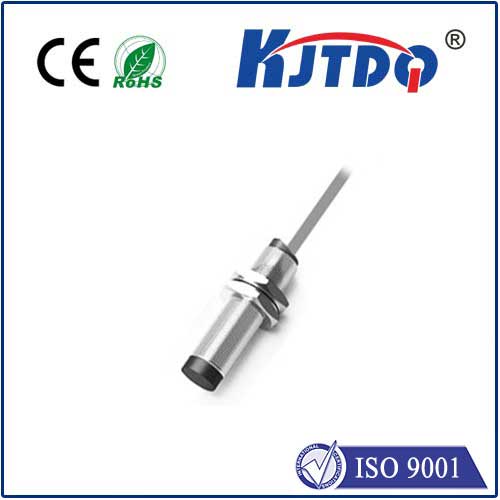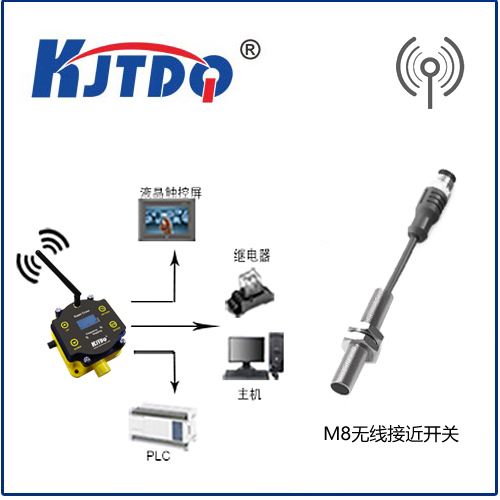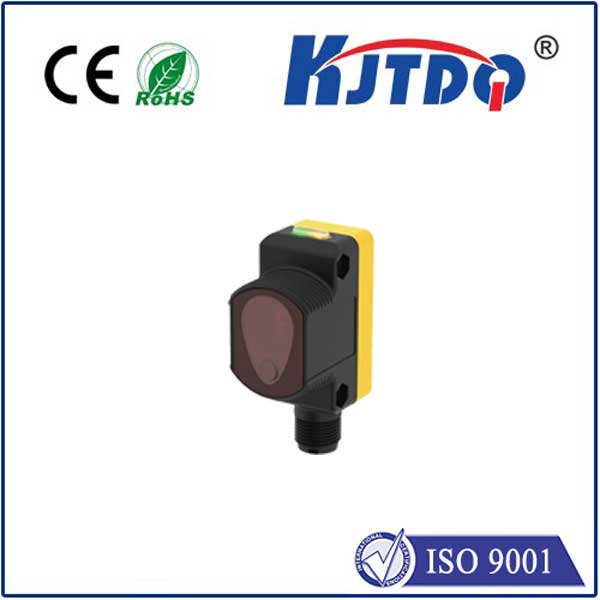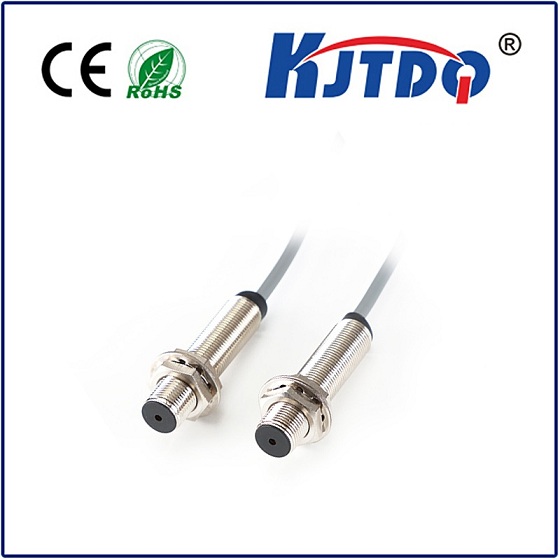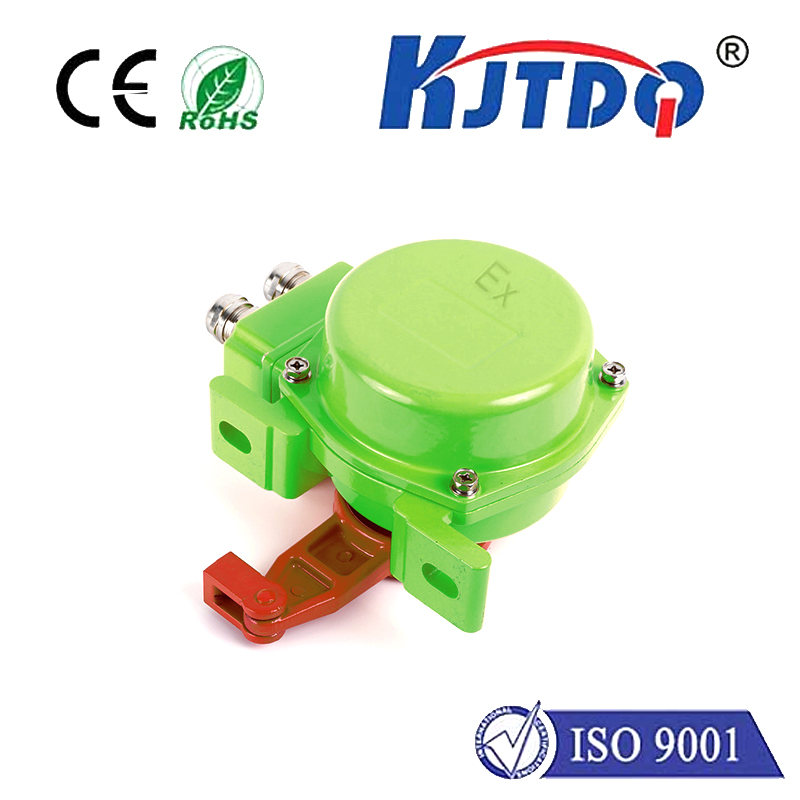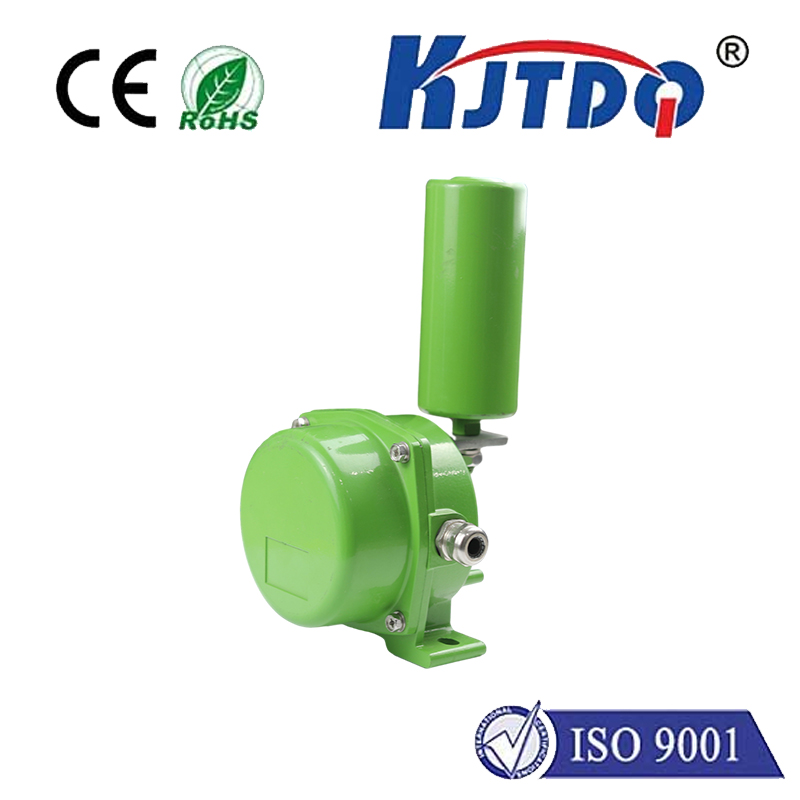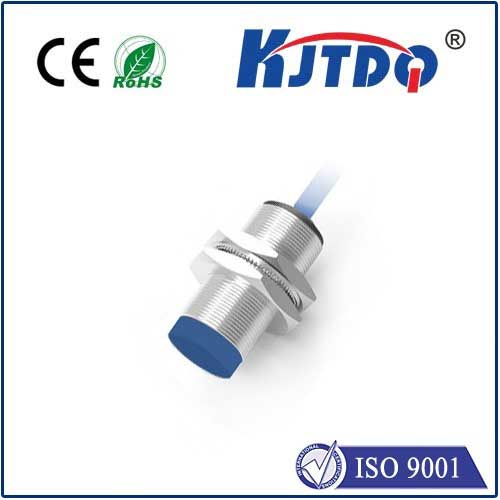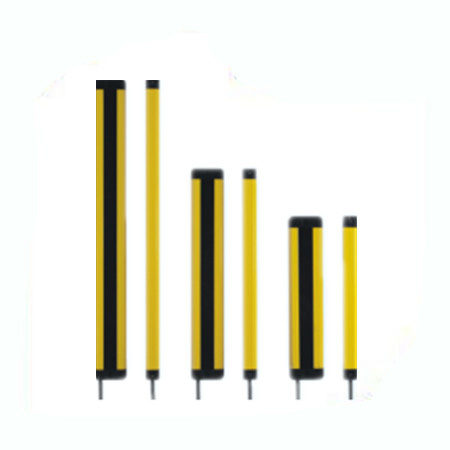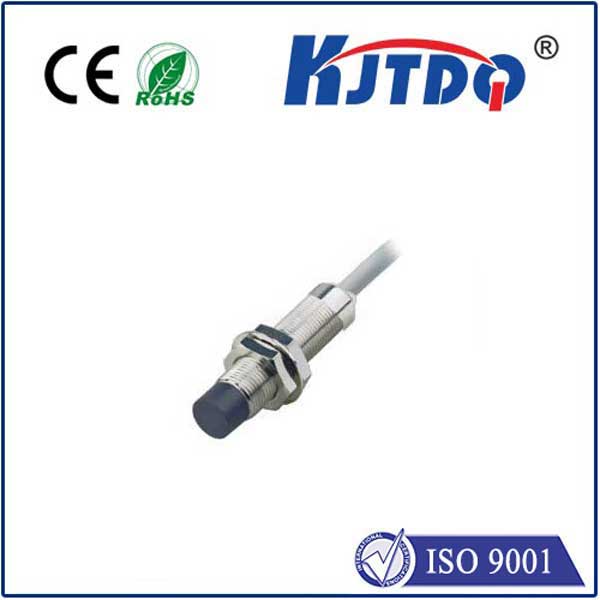

check

check

check

check
Inductive sensor proximity switches are professionally used to detect metal objects.
The inductive sensor proximity switch is essentially composed of an oscillator, the electromagnetic coil forms the test surface, and the alternating electromagnetic field is generated around the electromagnetic coil.
When a metal object is in the electromagnetic field generated by the sensor, the induced electromotive force generates an additional electromagnetic field, which blocks the alternating change of the electromagnetic field of the electromagnetic coil and stops the oscillation. This causes the output controller to behave, which, depending on the sensor type, produces an on-off (NO) or normally closed (NC) output signal.
Inductive sensor proximity test Inductive sensor proximity switch can be tested without touching metal objects. Their application areas are very wide, including: supervision of equipment parts (camshafts, terminations, etc.) supervision of movement of metal objects, counting, etc.
Advantages of magnetic induction inspection
There is no need for direct contact with the object being inspected, thus avoiding damage and enabling inspection of fragile and newly painted objects.
High work efficiency. Quick response.
Excellent resistance to industrial environmental properties (solid products are completely encapsulated in epoxy resin).
Solid technology: There is no active part, so the service life of the sensor has nothing to do with the frequency of operating cycles.
